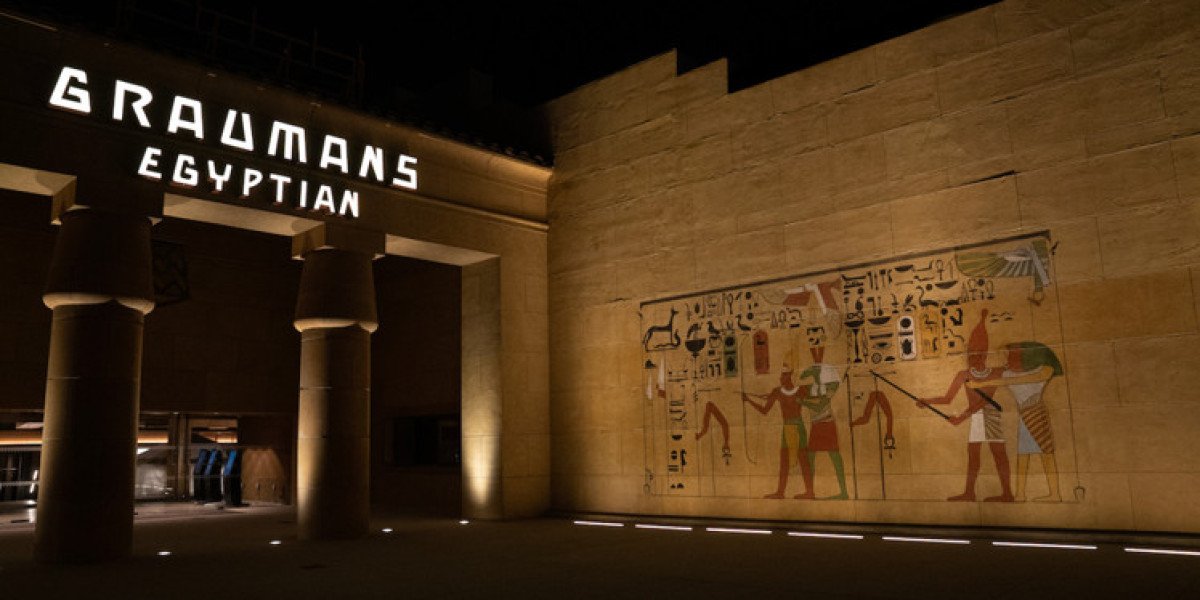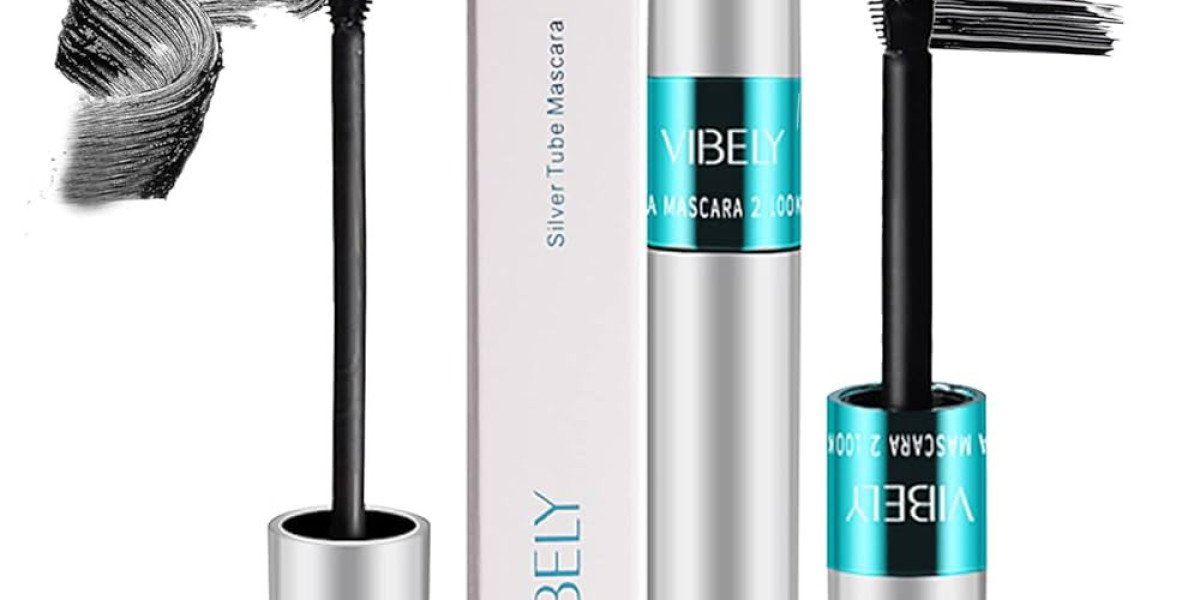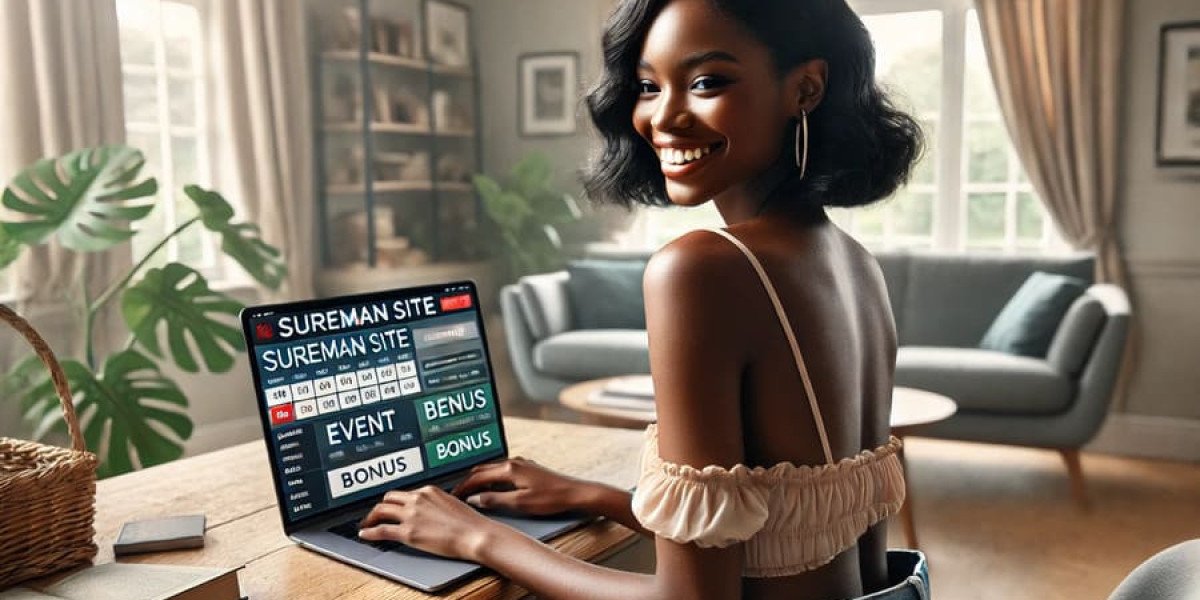In today’s competitive real estate market, standing out is more than having the right location or price. The way your property is visually presented can make or break a sale. Real estate graphic design has emerged as a critical tool for agents, brokers, and developers looking to captivate potential buyers and maximize their marketing efforts. By integrating professional visuals, compelling layouts, and strategic branding, you can turn ordinary listings into irresistible showcases.
This article explores how real estate graphic design enhances property marketing, provides actionable strategies, and highlights real-life examples to help you attract more buyers.
What is Real Estate Graphic Design?
Real estate graphic design is the creation of visual content tailored to showcase properties and real estate services. It combines design elements, typography, color schemes, and branding to communicate a property’s value effectively. Unlike standard marketing, real estate graphic design focuses on capturing attention, generating leads, and converting interest into sales.
Key elements of real estate graphic design include:
Property brochures and flyers
Digital ads and social media visuals
Listing presentations and pitch decks
Virtual tours and 3D renderings
Website layouts and landing pages
By strategically combining these elements, a real estate professional can convey professionalism, build trust, and engage potential buyers in ways that traditional photography alone cannot achieve.
Why Real Estate Graphic Design Matters
Visual content drives buyer decisions. Studies show that properties with high-quality visuals receive significantly more inquiries than those with poor visuals. Real estate graphic design adds a layer of sophistication and trust to your marketing materials, which can influence a buyer’s perception and speed up decision-making.
Benefits of Real Estate Graphic Design
Increased Engagement: Eye-catching visuals capture attention across social media, websites, and email campaigns.
Brand Consistency: Cohesive branding establishes credibility and makes your listings recognizable.
Higher Conversion Rates: Attractive design and clear messaging encourage potential buyers to take action.
Enhanced Property Value: Professionally designed marketing materials can make a property appear more premium.
Competitive Advantage: Stand out in saturated markets by presenting listings more professionally than competitors.
Real-life example: A real estate agency in Miami revamped their property brochures with modern graphic design and saw a 40% increase in open house attendance within three months.
Key Elements of Effective Real Estate Graphic Design
Designing for real estate requires more than aesthetics. It’s about creating materials that communicate the property’s unique selling points clearly and compellingly.
1. Color Psychology
Colors evoke emotions and influence buyer behavior. For example:
Blue: Instills trust and professionalism
Green: Represents growth and luxury
Orange or Yellow: Creates a sense of urgency or excitement
Using a strategic color palette consistent with your brand ensures your materials are visually appealing and psychologically impactful.
2. Typography
Typography affects readability and tone. Clean, modern fonts convey professionalism, while bold fonts highlight key information like price, location, or features. Avoid cluttered or overly decorative fonts that distract from the message.
3. Layout and Composition
A well-structured layout guides viewers through information logically. Important features such as property photos, amenities, and pricing should be highlighted using visual hierarchy. White space is essential to avoid overwhelming potential buyers.
4. Imagery
High-quality photography and graphics are at the core of real estate marketing. Consider:
Professional property photos
Virtual staging for empty homes
Infographics showing nearby amenities or floor plans
Real-life example: A Los Angeles realtor used virtual staging for a vacant luxury condo. By combining it with a branded flyer design, the property sold in just two weeks, 15% above the asking price.
5. Branding
Your logo, color palette, and design style must be consistent across all marketing channels. This creates a recognizable identity, builds trust, and reinforces professionalism.
Real Estate Graphic Design for Digital Marketing
Digital marketing has become a cornerstone of property sales. Integrating graphic design into your digital campaigns can dramatically increase reach and engagement.
Social Media Marketing
Platforms like Instagram, Facebook, and TikTok thrive on visuals. Eye-catching property graphics, animated tours, and carousel posts can attract more leads than text-only posts.
Tips:
Use bold headers and captions
Highlight unique property features with icons or infographics
Incorporate your logo subtly to maintain brand visibility
Email Marketing
Real estate email campaigns benefit from well-designed templates. Include:
Professional headers and banners
Property highlights with visuals
Clear call-to-action buttons
Real-life example: A Texas-based realtor redesigned their email templates with consistent graphic design. Open rates increased by 25%, and click-through rates improved by 30%.
Website and Landing Pages
Your website serves as the hub for all digital marketing efforts. Optimized real estate graphic design improves user experience and encourages leads to take action. Key strategies include:
Interactive property galleries
Virtual tours embedded in design
Clear navigation and mobile-responsive layouts
Print Marketing and Offline Design
Even in a digital-first world, offline marketing materials remain important. Real estate graphic design enhances brochures, flyers, banners, and signage to create lasting impressions.
Examples:
Brochures: High-quality paper with professional layouts communicates value.
Open House Flyers: Use bold headers, photos, and graphics to capture attention.
Billboards: Eye-catching designs ensure your property stands out in local markets.
Real-life example: A New York real estate firm designed luxury property brochures with gold foil accents and glossy finishes. The unique design attracted high-net-worth buyers and increased inquiries by 50%.
Real Estate Graphic Design Trends in 2025
Staying ahead of design trends can give you a competitive edge. Key trends for 2025 include:
3D Renderings and Virtual Tours: Allow buyers to explore properties online before visiting in person.
Minimalist Design: Clean layouts with ample white space for modern appeal.
Interactive Infographics: Showcase amenities, neighborhood stats, and floor plans engagingly.
AR Integration: Augmented reality apps enable buyers to visualize furniture and renovations.
Sustainable and Eco-Friendly Branding: Reflecting green features of properties resonates with environmentally-conscious buyers.
Adopting these trends demonstrates innovation and positions your listings as modern and desirable.
Tips to Maximize ROI from Real Estate Graphic Design
To ensure your design efforts convert into sales:
Invest in professional designers rather than DIY tools
Keep branding consistent across all platforms
Use high-quality photos and graphics optimized for web and print
Highlight key property selling points visually
Test designs through A/B campaigns to identify the most effective layouts
Real-life example: A Chicago agency tested two landing page designs for a luxury condo. One featured a minimalist design with bold visuals, while the other was text-heavy. The minimalist design outperformed the other by generating 3x more leads.
Case Studies: Real Estate Graphic Design Success Stories
Case Study 1: Luxury Apartments in Miami
A real estate developer in Miami launched a new beachfront apartment project. By using sophisticated graphic design, including branded brochures, social media ads, and a virtual tour, the developer sold 70% of units before completion.
Case Study 2: Residential Homes in Los Angeles
A Streamlinerei real estate agent in Los Angeles leveraged infographic-style flyers showcasing floor plans, amenities, and neighborhood stats. The engaging design resulted in higher open house attendance and multiple offers above asking price.
Case Study 3: Commercial Real Estate in Dallas
A commercial property firm used interactive digital brochures with embedded virtual tours. Clients could explore office spaces remotely, reducing time spent on physical showings and speeding up lease agreements.
FAQs About Real Estate Graphic Design
1. What is the difference between real estate photography and graphic design?
Photography captures the property realistically, while graphic design enhances the presentation with layouts, branding, infographics, and marketing elements to attract buyers.
2. How much does professional real estate graphic design cost?
Costs vary based on services, complexity, and project scope. Basic design templates may cost a few hundred dollars, while comprehensive branding and marketing packages can reach thousands.
3. Can I design my own real estate marketing materials?
Yes, DIY tools are available, but professional designers ensure higher quality, consistency, and effectiveness, which often translates to better engagement and sales.
4. How does graphic design impact property sales?
Well-designed marketing materials increase visual appeal, convey professionalism, and attract more inquiries. Buyers are more likely to engage with visually compelling listings.
5. What digital tools are recommended for real estate graphic design?
Popular tools include Adobe Photoshop, Illustrator, Canva, Figma, and Sketch. 3D rendering software like Matterport or Autodesk can also enhance virtual tours.
6. How often should I update my real estate branding and graphics?
Branding should be reviewed annually or when market trends shift. Regular updates keep your marketing materials fresh, modern, and competitive.
Conclusion
Real estate graphic design is no longer optional—it’s an essential component of property marketing. From digital campaigns to print materials, professional visuals build credibility, engage buyers, and accelerate sales. By investing in strategic design, staying on top of trends, and maintaining brand consistency, real estate professionals can transform ordinary listings into compelling, high-converting showcases.
Whether you’re selling residential, commercial, or luxury properties, adopting cutting-edge graphic design strategies ensures your listings capture attention, leave a lasting impression, and ultimately attract more buyers.









